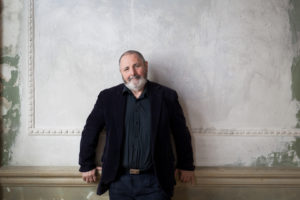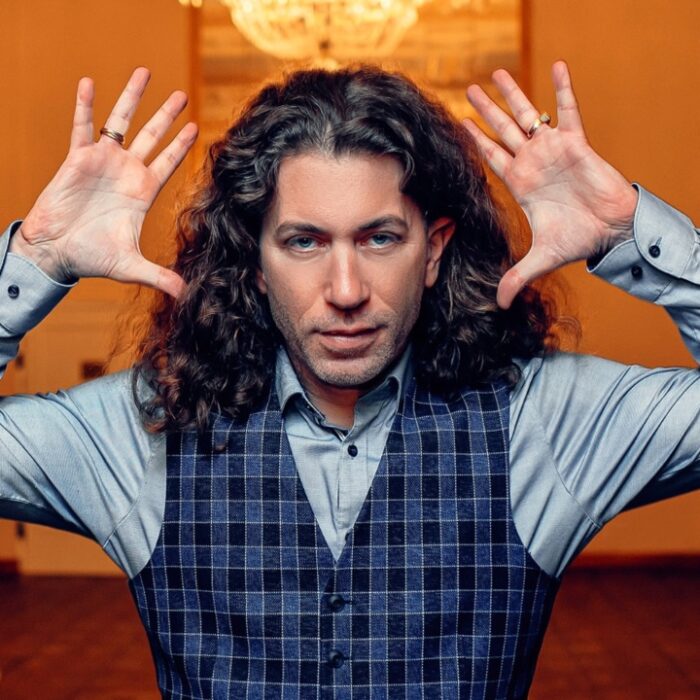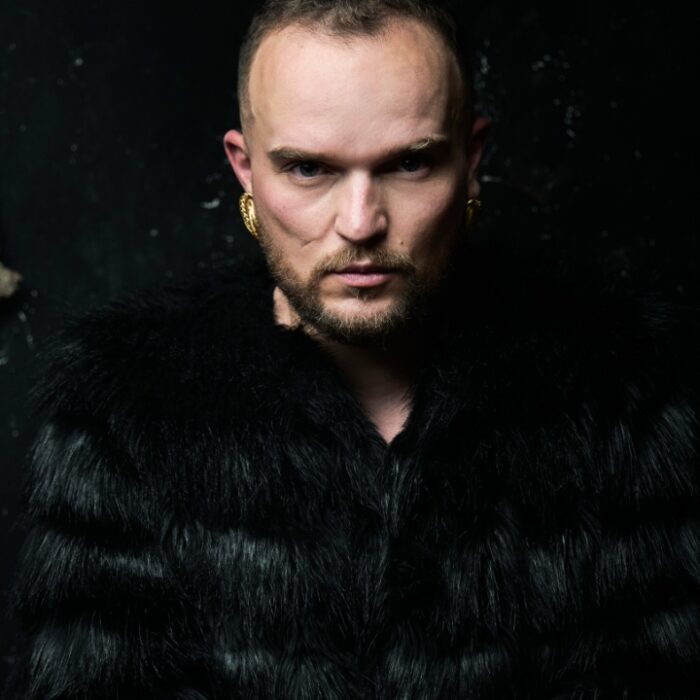
Q & A: Artistic Director Richard Mills on Putting Together Victorian Opera’s First ‘Parsifal’
By Logan MartellOn Feb. 20, 2019, the Victorian Opera company will make history staging its first performance of Wagner’s “Parsifal.” This production is set to boast an all-star cast of artists such as Burkhard Fritz, Katarina Dalayman, Peter Rose, Derek Welton, and Teddy Tahu Rhodes.
OperaWire had the opportunity to speak with the Victorian Opera’s artistic director Richard Mills, and learn more about the company’s grand undertaking and what the foreseeable future looks like for it.
OW: With this production of “Parsifal” being the first for Victorian Opera, what has the experience been like so far of putting together such a monumental work?
RM: It has been very organized. We have a marvelous director, Roger Hodgman, and as you can imagine, the scheduling of all this is paramount. It’s like assembling a giant jigsaw. We have a very experienced cast; our Parsifal, Kundry, and Gurnemanz have all done the roles before, so that’s a great advantage to have established practitioners of the roles and wonderful singers. That makes the job much easier, as opposed to nursing someone through their debut, for example. In the theatre, we’ve got a very elegant, but very restrained and simple sonography which on a set is like a beautiful resonating body; it’s all made out of wood. A lot of things that could be a problem aren’t. Our Klingsor, Derek Welton, has also done the role in Bayreuth, as well being from Melbourne.
With the exception of Gurnemanz, none of the roles are that long. The others, Kundry for example, is a reasonably short role. There are just a few words in Act three, but it’s the big duet at the end of Act two, that’s a killer, and that’s a killer for Parsifal as well; he has more to do in Act three, not so much to do in Act one. Gurnemanz has a huge part of Act one and Act three. Of course, there are the chorus bits; the men don’t have so much to do, but the women are much busier because of the flower maiden scene, and they’re doing a splendid job on what is actually a very complex and elaborate ensemble. As I said, it’s like a jigsaw, and we’re very lucky that pieces are more experienced than others, to put it that way.”
OW: What are some of the challenges of the opera?
RM: Musically, the challenges are the pacing, the pacing, and the pacing, I would say; for a conductor, they are the problems. One bit of advice I would give to anyone trying to conduct this work is to keep going. Beyond that, one challenge lies in the local color of the German text, the strength of the language and music to create color and little rhetorical effects. These are things that shouldn’t be sacrificed because that’s the way the piece speaks through these long passages of time, and if they’re not articulated and organized, the show doesn’t communicate as well as it might.
OW: Given the importance of the orchestra in Wagner’s works, does this influence the approach and style of conducting?
RM: It’s interesting because “Parsifal” is less heavily scored than say “Tristan and Isolde,” or the Ring operas. I think at that stage of his life, Wagner did realize some of his earlier works had been overscored and he said as much to his wife Cosima. Another thing to remember is that this opera was his only opera that was specifically written for Bayreuth and its very particular acoustics. It is more restrained orchestrally than most of his other operas.
OW: What are some of your favorite moments in “Parsifal?”
RM: It’s hard to say, I haven’t really got any because I love it all so much. The music at the end of a=Act one is absolutely remarkable, Amfortas’ two outbursts are astonishing, Gurnemanz is sort of like everybody’s father and he’s imbued with such nobility. The electricity of the Act two duet is also astonishing. I actually love preparing the flower maiden scene, it’s such a challenge for a conductor to hear and organize everything, to polish the diction, to help people memorize this very complicated music and get it to production. It’s not as though we have a great tradition of doing this piece in Australia. It’s only been staged in Australia once before, and there have only been three concert performances, and I was involved with one of those concerts years ago when I was much younger, I was assisting on it. I coached the flower maiden scene about 40 years ago.
OW: What has it been like to work with the cast of this production?
RM: Well it’s a wonderful cast, and it has been a joy. I can say that absolutely honestly, it’s a joy. Our Klingsor is a wonderful singer, our Gurnemanz is so experienced and such a noble spirit, and has such a breathtaking command of the role, so it’s a joy to be in the room with them. They’re such wonderful colleagues.
OW: As a composer with works in opera, orchestra, and ballet, what are some of the influences and themes you find play a large role in your compositions?
RM: Who was it that said “I’m a part of all those I have met,” or “all those I have met are a part of me?” I’ve done a lot of bel canto, a lot of contemporary opera, a lot of 20th-century opera. They’re subliminal influences if you like. There are influences on various levels: there are influences on the level of craft, in that you’re working with – when you’re conducting a masterpiece – you’re working with something that’s articulated and usually at a very high level of craft, so that, of course, has an influence. Other things have an influence as well, such as the way voices are handled by masterful composers and the way dramaturgy is handled. It’s by no means all wonderful, either. There are many “eh” moments in operas that are otherwise great pieces; on one level, the whole premise of Parsifal” is nonsense. If you just told the story as a comic story and you reduced it to logical absurdity, almost nothing happens, but that’s not the point. It’s a philosophical treatise in sound; it’s theology, it’s philosophy enacted through a narrow line that reflects both backwards and forwards in time and space because of the nature of the music and the text. It has a cosmic resonance, put it that way; it’s made to have this cosmic resonance by the power of the music and the text.
OW: In your New Year’s message for Victorian Opera’s 2019 season you spoke about the notion of horizons in terms of goals and artistic discovery. Can you tell us about what this means for you personally, and how this will be reflected in the season’s program?
RM: “It’s always personal for an artistic director because you’re guiding the company through your repertoire choices; you are what you do in our business. It’s harder for us than for some and many others, our budget is pretty small compared to the great repertory companies; I think it will increase and I am confident it will over the next few years. It’s interesting I should say that in a time when opera is kind of contracting worldwide, but Melbourne is a major city and it’ll be bigger than Sydney any day now; I think we’re about 200,000 short of Sydney’s population. The fact that Melbourne doesn’t have its own fully articulated state company will become an issue because we serve a very large population. One has to be strategic when building a company, in terms of repertoire choices, in developing your audience demographic, and we do all of those things. We have an incredible family, program, a youth program, an opera, and education program, which are all very sound and well-done. That’s our basis for the present and the future, and then we try with our repertoire choices to find things that will appeal to the public and demonstrate our capabilities. In an age of instantaneous gratification, the beauties of opera can be a little slower to reveal themselves. I think opera needs to reinvent itself in many ways but we should not underestimate the value of its glorious literature and their capacity to speak in new circumstances, in new ages, and to new people.


